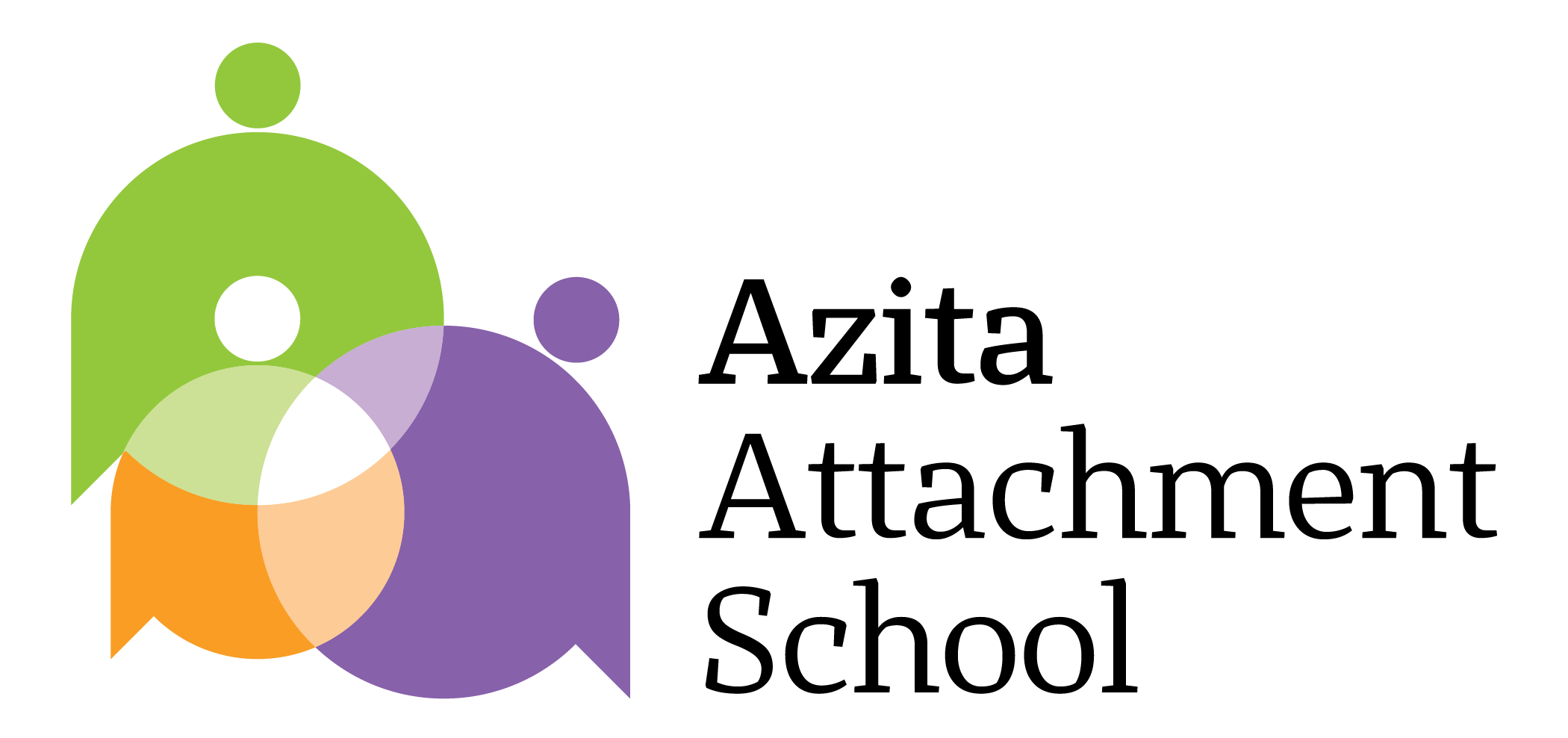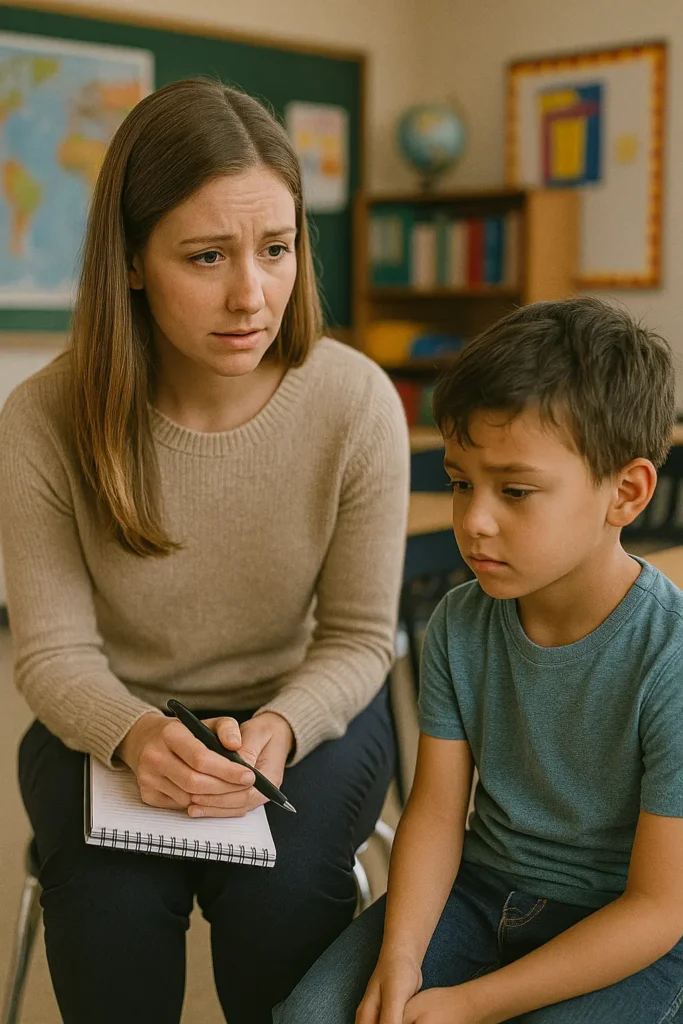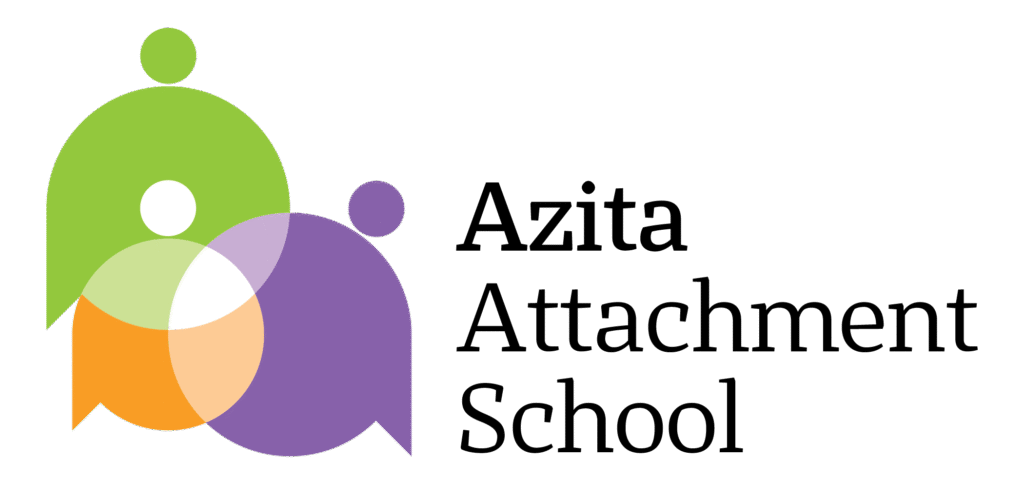This article explores how school counselors can recognize signs of insecure attachment in children and offers practical strategies for early intervention and support within the school environment.
Introduction
A school counselor is often one of the first professionals with the power to change a child’s trajectory—not through therapy, but by keen observation, early identification, and timely referral. Attachment theory provides deep insight into children’s behavior, emotions, and relational patterns at school. Understanding attachment styles helps counselors identify the root of many behavioral or academic struggles.
Section 1: How Insecure Attachment Styles Appear in School Settings
1. Securely Attached Child
- Curious, social, and adaptable
- Comfortable seeking help and expressing emotions
2. Avoidantly Attached Child
- Appears self-reliant, rarely asks for help
- Suppresses emotional expression
- May perform well academically but struggles emotionally
3. Anxious-Ambivalent Child
- Clingy, worried, sometimes angry or defiant
- Unstable peer or teacher relationships
- Overreacts to separation, failure, or perceived rejection
4. Disorganized Attachment
- Unpredictable behavior: aggression or withdrawal
- Fearful yet dependent on adults
- Often comes from chaotic or traumatic home environments
Section 2: The Counselor’s Role at Three Levels
- Early Identification and Assessment
- Observing emotional and behavioral patterns
- Using screening tools and developmental checklists (e.g., attachment screeners)
- Psychoeducation for Teachers and Parents
- Helping adults reframe the child’s behavior through an attachment lens
- Offering concrete strategies for supportive response
- Referral and Coordination of Support
- Referring the child and family to specialized services (child psychologists, family therapists)
- Facilitating communication between school, home, and clinical providers
Section 3: Practical Interventions Within Schools
- Assigning a consistent and emotionally available adult (e.g., teacher or counselor)
- Offering emotional support during transitions, conflict, or failure
- Teaching emotional regulation through visual tools and play-based activities
- Creating collaborative plans with parents for home-school consistency
Conclusion
A school counselor is not a passive observer—they are a potential bridge between the child and a healing environment. With an informed view of attachment, counselors can create opportunities for early intervention, secure relational repair, and prevention of long-term emotional challenges.
Suggested Reading:
“How Preschool Teachers Can Become Attachment Figures for Children”


